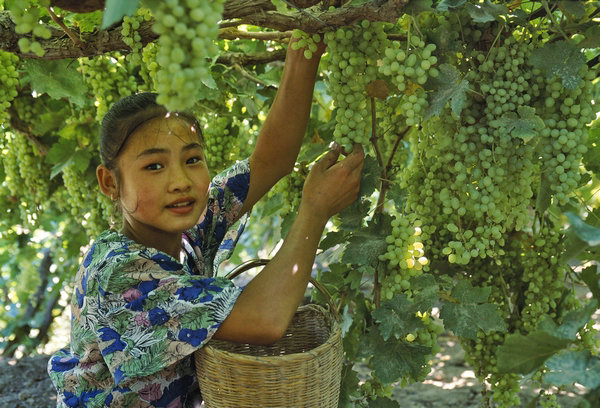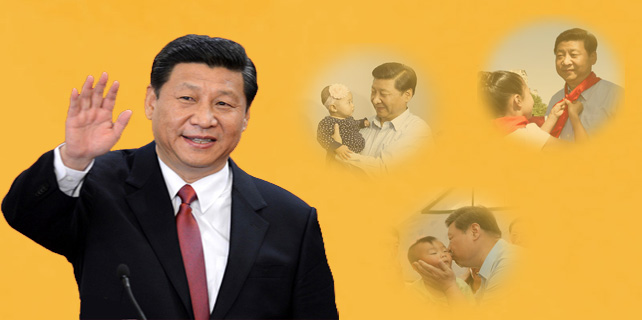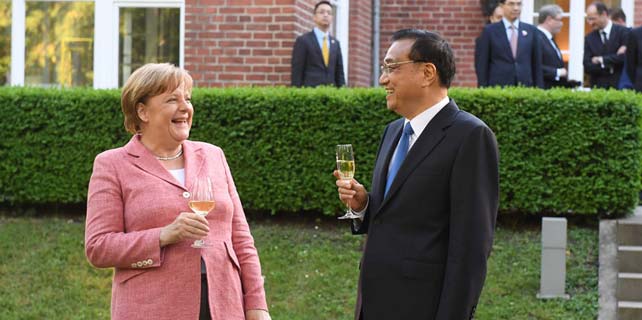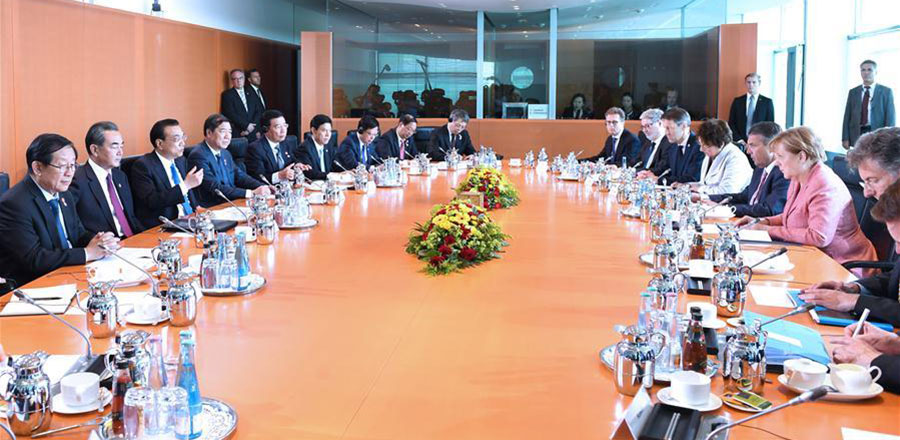Silk Road on a plate
There are dates from Tunisia. Grapes-and raisins-from China's Xinjiang. Coconuts from Southeast Asia. Wines from Venice. In a line of cooking stations, a Czech chef bastes a roast, an Indonesian chef tosses noodles in a bright yellow sauce, and a dozen of their peers whip up "the best foods their countries have to offer".
If the Belt and Road Forum for International Cooperation in Beijing in May was all about global development, last week's Belt and Road Gastrodiplomacy Meeting was all about food.
"There is great synergy in these ideas," says Guillermo Gonzales-Arica, a former ambassador from Peru. "There is cultural culinary fusion at one end, and improved commercial and economic relations between these nations on the other."
Gonzales-Arica notes that the former US secretary of state, Hillary Clinton, once called food "the oldest diplomatic tool", whether it's served at a state dinner for leaders or a culinary festival for regular folks.
His own mission: Use "gastrodiplomacy" to create an economic chain of value that begins with the native products of every country.























